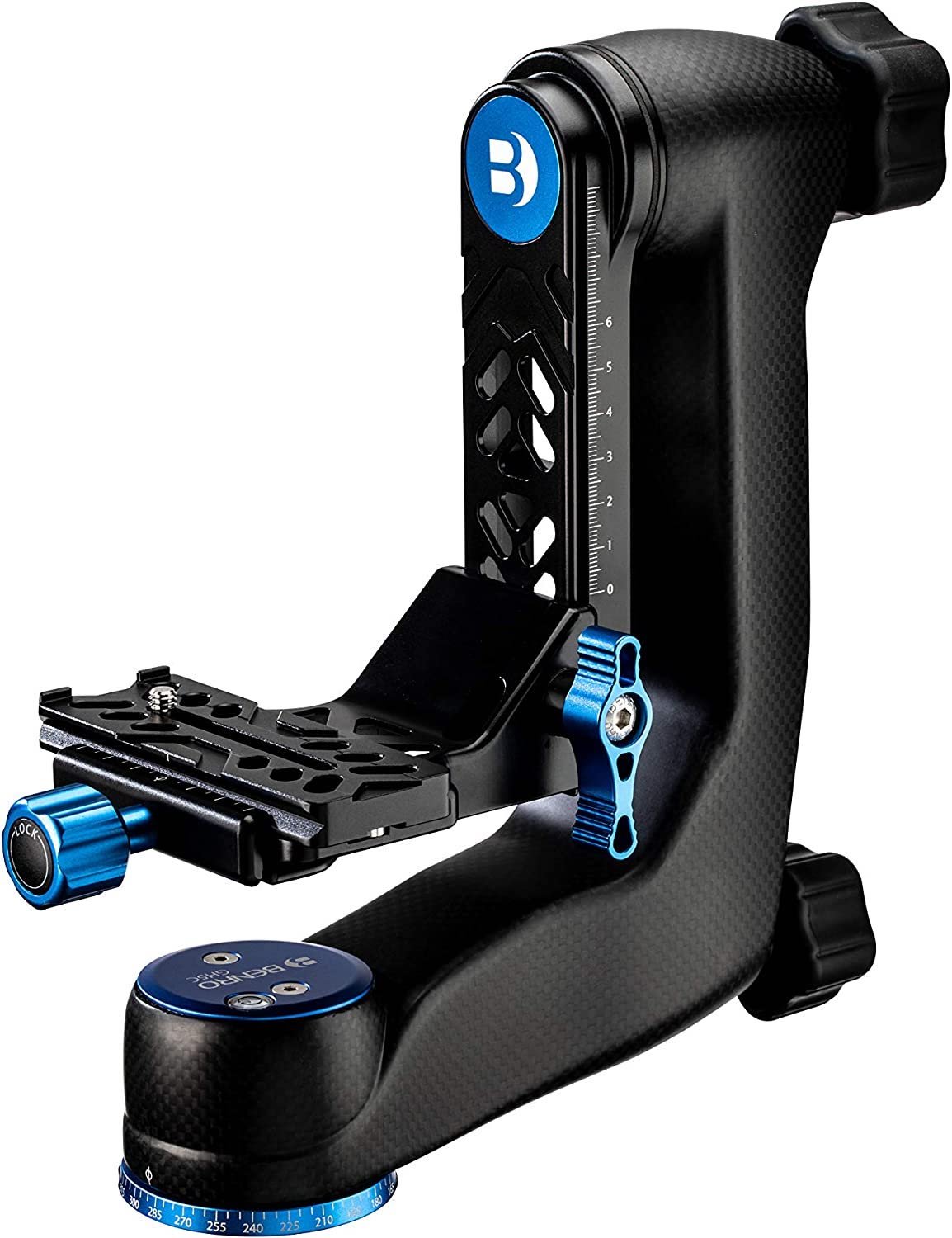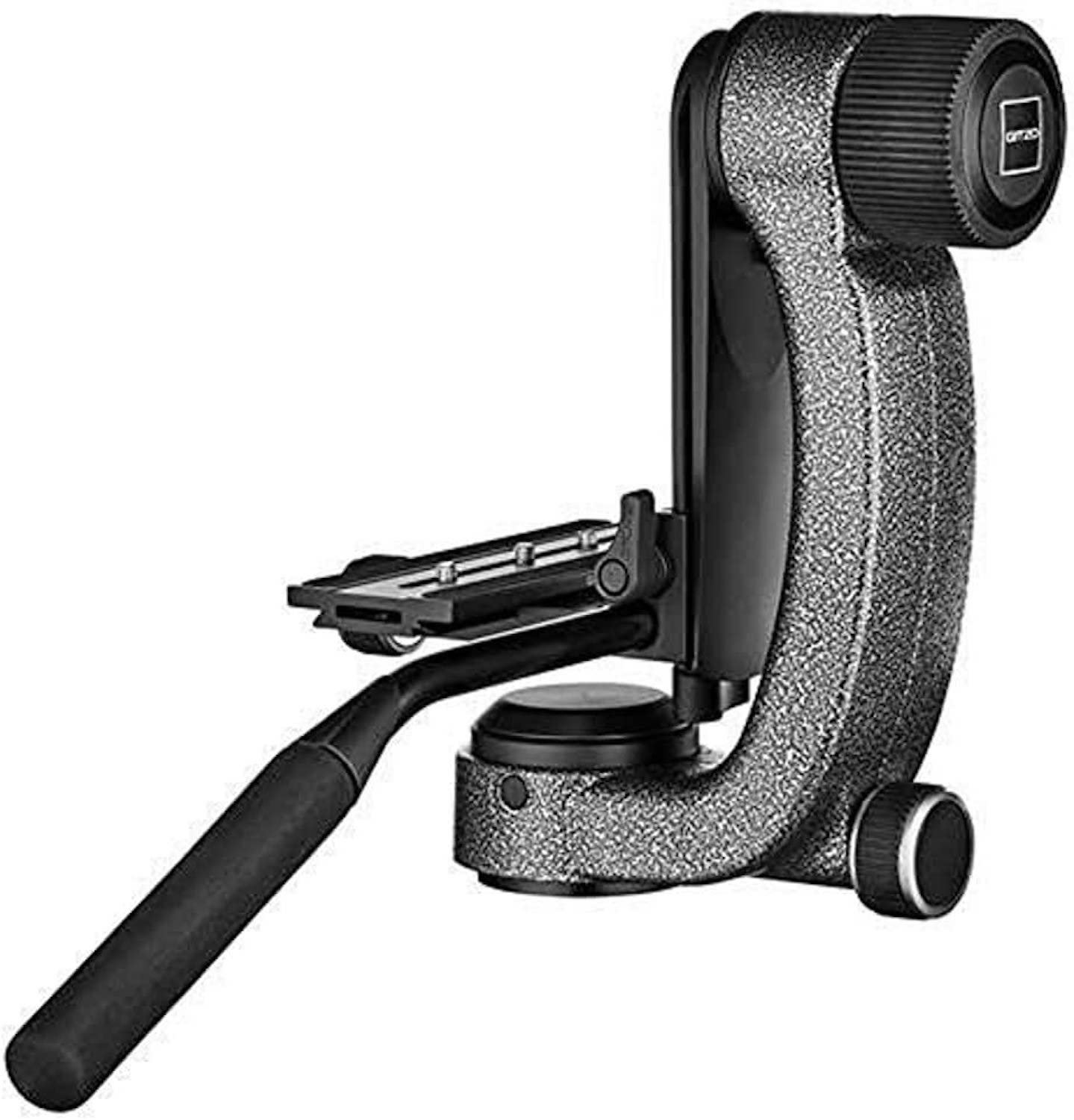Which Tripod Head Should I Buy?
Decisions, decisions…
I used to have a Benro GH5C gimbal head, but I swapped it for a Gitzo GHFG1. If you want to find out why, read on…
Background
I spend a lot of time in Africa going out on game drives in a safari vehicle, so I don’t really use a tripod. It just wouldn’t work in most circumstances, so I end up shooting handheld or resting the lens of my camera on a beanbag or part of the vehicle—or sometimes even my knees!
I do have a tripod and a monopod, and when BA lost my luggage on the way back from Canada last year, I felt I should replace them just in case—which was pretty ironic given how little I was using them…!
That should’ve been fine, but when I booked a trip to photograph the Dalmatian pelicans at Lake Kerkini in northern Greece, I realised I needed a different tripod head. Let me explain why…
Gimbal Heads
When I first bought a tripod back in 2013, I didn’t have much of a budget, so I just went for a ball head. Ball heads are small, lightweight and convenient because you can push, pull and twist them into any position you like. However, they won’t necessarily be able to handle the weight of a camera with a long lens, and they’re not great for panning.
Ever since I started going on trips with wildlife photographer, conservationist and tour leader Paul Goldstein, I’ve been taking quite a few slow pan shots. This involves using a longer shutter speed than normal and panning across to follow the animal. If I’m in a safari vehicle, I can make do with a beanbag, but there are times when I’ve needed a tripod.
One of those came when I went to Gabus Game Ranch in Namibia. I took a few publicity shots for the lodge, showing a couple of the female staff riding on horseback through the savannah. On the first day of the shoot, I didn’t have my tripod with me, and I didn’t end up keeping a single shot! On the second day, though, I deliberately took my tripod with me, and the results were much better—especially after I’d played around with them in Topaz Labs Sharpen AI!
In those days, I had a Benro GH5C gimbal head. This is based on the classic Wimberley heads that are designed to keep your camera and lens balanced. Whatever angle you’re shooting at, you should be able to take your hands away and leave the camera in exactly the same position—even if you’ve loosened all the knobs for maximum manoeuverability in all three dimensions.
Arca-Swiss Plate
In order to put your camera and lens in a balanced position, you have to set it up correctly in the first place. This requires a bit of trial and error, but it’s much easier if your tripod head has an Arca-Swiss plate—which the Benro does. This is simply a metal plate that attaches to the foot of your lens (or your camera) and slides into the slot on the tripod head. The Arca-Swiss system is the most common, and that means you don’t have to worry about compatibility issues.
Once you’ve attached the plate with one, two or three screws, you can simply slide the camera and lens forwards or backwards in the tripod head until it’s nicely balanced and will stay in the same position even if you let go with both hands. This is obviously important if you want to avoid dropping your lens and getting an expensive repair bill…!
Damping
The great benefit of gimbal heads is the ability to hold your camera steady rather than overbalancing, but I still wasn’t happy. The problem was the lack of damping. Damping is a process that makes the movement of the tripod head (and therefore the lens) much smoother and more fluid, and the Benro GH5C isn’t damped. I thought it would be, but I bought it without checking. My mistake.
I didn’t buy another head immediately, but the Kerkini trip was a good excuse to take the plunge. I knew that I’d be standing on the shoreline taking pictures of the pelicans, so I wanted to make sure I had all the right ‘tools of the trade’. That meant finding a damped gimbal head.
I had a look online, but there weren’t very many, and it wasn’t always obvious which ones were damped. I did find an Oben model that looked promising, but I hadn’t heard of the brand—and it was out of stock! In the end, I opted for the Gitzo GHFG1 from London Camera Exchange. Based on the reviews I read, it had a little bit more ‘resistance’ than normal, which made it ideal for the kind of slow panning I was planning on doing in Greece. At £399.99, it wasn’t cheap, and I could’ve bought it for £30 less on Amazon. However, I did manage to get £140 back by trading in my old Benro model.
Verdict
I haven’t used it yet, but I’m looking forward to testing out my new GHFG1 at Lake Kerkini. Apparently, the pelicans tend to come in to land by skidding across the water until they finally stop, so that sounds like a great opportunity for the slow pan! We shall see. Wish me luck…!
If you’d like to order a framed print of one of my wildlife photographs, please visit the Prints page.
If you’d like to book a lesson or order an online photography course, please visit my Lessons and Courses pages.


